
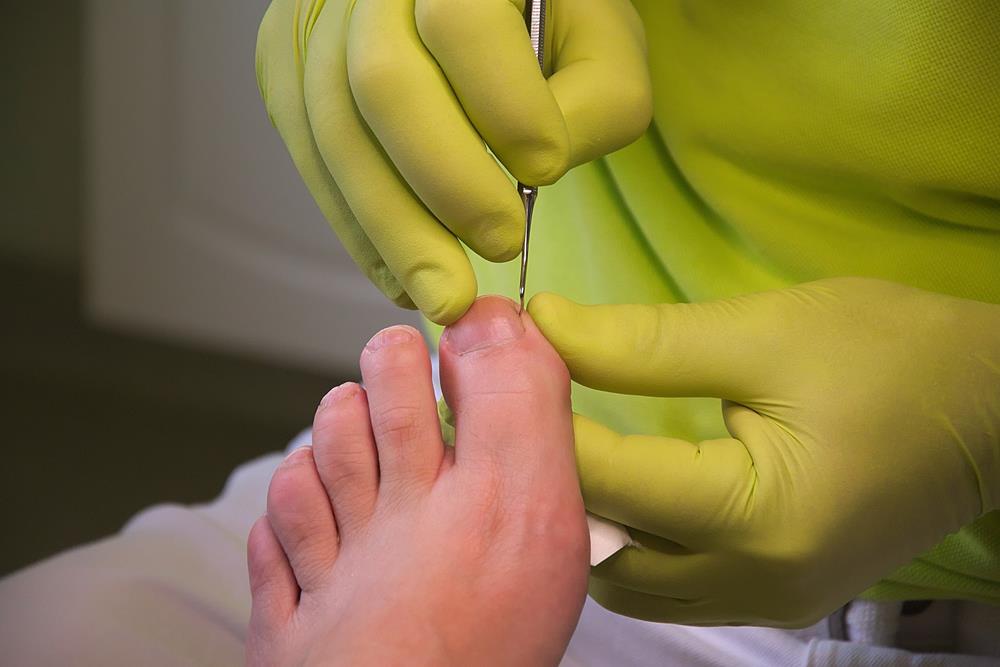
Ingrown Toenails
We have all made the painful mistake of trimming our nails too short at some point in our lives. Sometimes, this can really affect our foot health by causing ingrown toenails.
This happens when the nail grows downward into the skin instead of straight out, usually causing an infection. Ingrown toenails are most common on the sides of the big toe. It can also be caused by shoe pressure, injury, fungal infections, poor foot structure, etc.
Warm water soaks several times a day, properly fitted shoes and socks, and trimming nails in a straight line (rather than rounded) are ways to treat and prevent painful ingrown toenails. If there is an infection, antibiotics may be prescribed.

Bunions
A bunion is a bony bump that forms on the joint at the base of your big toe. They can develop from an inherited structural defect, excess stress on your foot, or can result from an existing medical condition.
For the most part, bunions require no medical treatment. However, if you are experiencing one or more of the following, a podiatrist can help alleviate your symptoms.
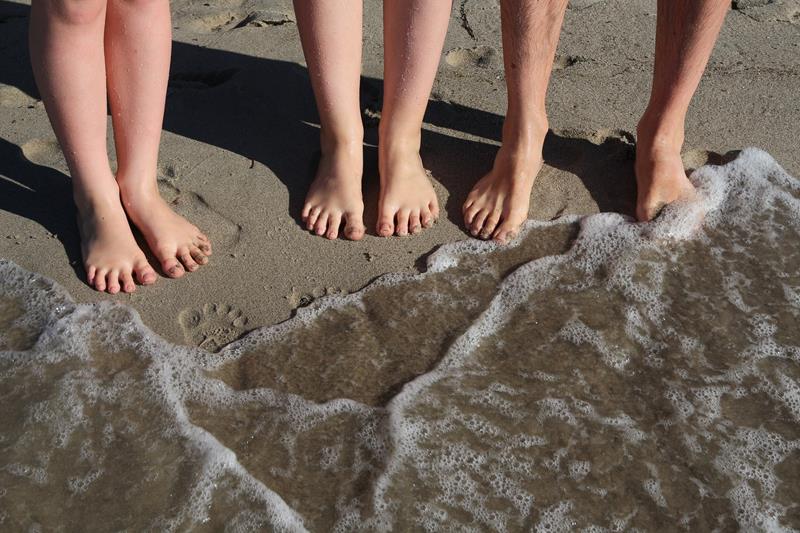
Hammertoes
Hammertoe is a deformity where one or both joints of the second, third, fourth or fifth toes begin to bend outside of their normal alignment. Pressure can begin to weigh heavy on the toes as you wear shoes which is where pain and other symptoms develop.
Hammertoes typically begin with small symptoms and deformities and continue to worsen with time. In its beginning stages, hammertoes are often impressionable which means they can be controlled using minimal treatment. It is important to know the signs of hammertoes to get them evaluated early. If left untreated, hammertoes can become more firm and difficult to manipulate, requiring surgery.

Diabetic Foot Care
Daily preventative care can help you decrease your risk of developing these other serious conditions like ulcers and infections. Inspecting your feet at the end of the day to look for any abnormalities, maintaining proper hygiene, keeping your feet warm in cold weather, encouraging blood flow in the feet, and maintaining an overall healthy lifestyle can discourage other conditions from developing.

Warts
Plantar warts are caused by the HPV virus and cause tiny cuts and breaks on the bottom of your feet.
While most plantar warts are not a major health concern, it is advised you see a doctor to have the warts examined and removed. Some symptoms include small, rough lesions on the base of the foot, calluses in one spot, and tenderness when walking or standing for long periods of time.
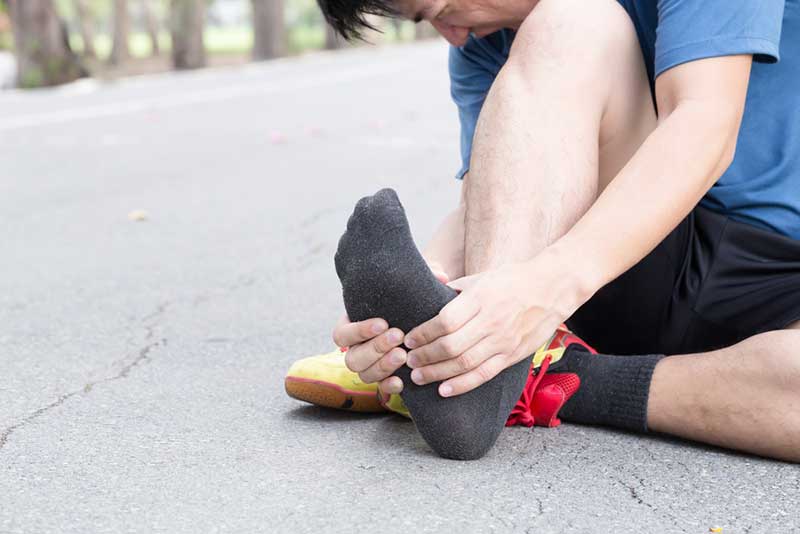
Heel Spurs/Plantar Fasciitis
Heel spurs occur in at least 50% of people who have plantar fasciitis. Past treatments for heel spurs, a bony growth that begins on the front of your heel bone and points toward the arch of your foot, included surgery to remove the growth. Nowadays, surgery is rarely a treatment option and more plans for physical therapy, ice, and pain medications are used to treat heel spurs.

Ankle Instability
Chronic ankle instability is usually caused by repeated ankle sprains and is described as the gradual giving way of the outside of the ankle. Some symptoms of ankle instability include constant inflammation or swelling, tenderness, and instability in the ankle. After a sprained ankle, the ligaments become stretched and torn. Proper rehabilitation is required to strengthen the muscles around the ankle and rehabilitate the tissues within the ankle that affect your balance. In addition, physical therapy, medications, and bracing can help treat chronic ankle instability. Failure to do so may result in repeated ankle sprains, or possibly surgery.
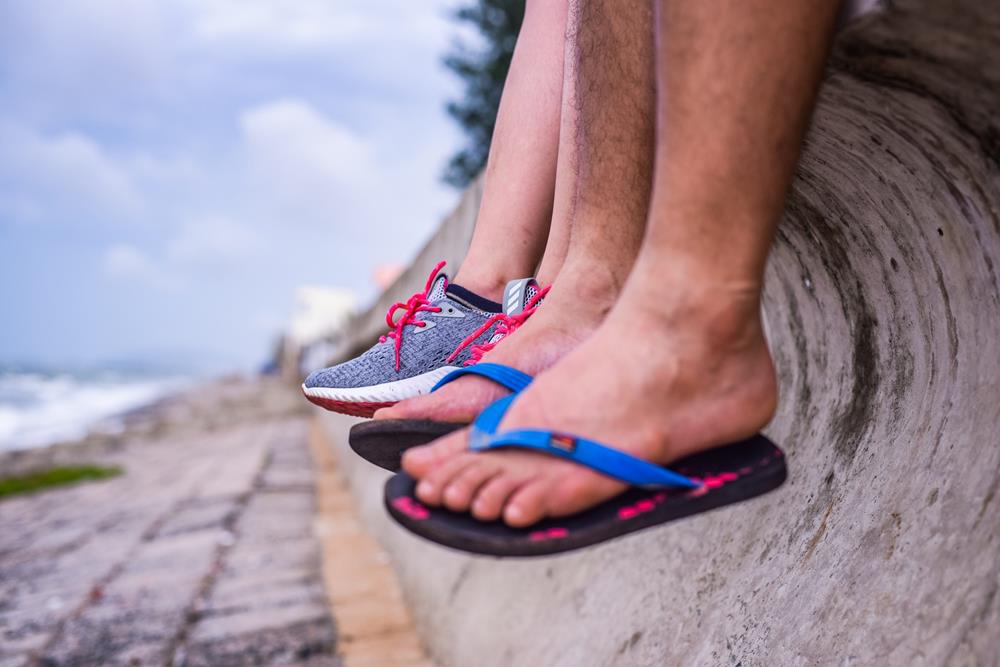
Flat Feet
Flat foot is a condition where the arches on the inside of your feet are flattened which causes the sole of the foot to touch the floor when standing upright. It is likely for flat feet to be caused by the arches not fully developing during childhood and is considered a very common and painless condition. On the other hand, flat feet can occur after an injury or from the normal aging process.
While it is common not to experience any pain or symptoms of flat feet, some people do tend to sense pain in the heel or arch area. Physical activity can irritate the area and inflame the foot along the inside of the ankle. This can be caused by the tendon that is supporting the arch being stretched as it is depreciating.

Achilles Tendonitis
Achilles tendinitis is caused by overuse of the band of tissues that connects the lower region of your calf muscle to your heel bone, also known as your Achilles tendon. Those at a higher risk for Achilles tendinitis are runners engaging in intense training or middle-aged people who participate in sports on occasion.

Ankle Sprains
A sprained ankle occurs when you twist your ankle in an abnormal way causing the ligaments holding your ankle bones together to stretch or tear. Most sprained ankles involve injuries to the ligaments on the outer side of the ankle. Treatment for a sprained ankle depends on the severity of the injury. Although you may just need proper rest and pain medications to heal, it is important to have the sprain looked at by a professional to determine the severity and proper treatment.

Pediatric Foot Conditions
Pediatric foot conditions often go unnoticed and are often misdiagnosed. Most doctors dismiss any pediatric foot issues as being a part of normal structural development that children will eventually outgrow. However, foot problems are often prevalent in children due to their high levels of physical activity. Children are resilient, meaning that any potential foot issues may be overlooked.
Initial treatment options for pediatric foot pain, deformities, or injuries include minimally invasive techniques, activity modification, custom orthotics, and anti-inflammatory medications. If these conservative treatment options aren’t helping your child, surgery may be required.
During your child’s appointment, we will conduct a thorough examination to pinpoint the problem, while educating both you and your child on future preventative measures. Our goal is for your child to grow up with happy, healthy, and perfectly functioning feet.

Sports Injuries
Below are some of the most common sports and sports-related injuries we see in our office.
- Martial Arts and Kickboxing: Plantar fasciitis, Achilles tendonitis, sesamoiditis, and ankle sprains. Proper stretching is vital to injury prevention, specifically, a minimum of 15 minutes before beginning exercise.
- Aerobics: With impact forces reaching up to six times the force of gravity and 26 bones in the foot, proper shoes are extremely important when participating in aerobics. Shoes must provide shock absorption and proper cushioning, as well as stability.
- Team Sports: Baseball, basketball, soccer, football, field hockey, and lacrosse often lead to foot and ankle injuries. Artificial surfaces, improper footwear, and inadequate stretching are recipes for disaster.
Make sure to wear proper shoes and stretch for at least 15 minutes before playing sports.
Request an Appointment
Big Toe Joint Pain
Arthritis (limited motion/stiffness and extra bone formation) at the big toe joint is called Hallux Limitus or Hallux Rigidus depending on the severity of joint destruction. Wear and tear of the big toe joint can be especially painful when running, jumping, playing tennis, walking up hills or inclines, and when wearing high heels or soft sole shoes. Conservative treatment options include wider, roomier, stiff sole shoes and medical grade inserts (to prevent motion at the joint). Steroid injections into the joint will provide short term pain relief during a painful flare up, however, repeated injections may degrade the joint and worsen the arthritic condition. When wearing new medical grade inserts, start gradually by wearing them 30 minutes initially and then gradually increase your wear time by about 30 minutes per day over a period of 2 weeks. It can take up to 3 weeks before you can wear your medical grade inserts the whole day. If conservative treatment fails to provide adequate relief, then surgical correction may be necessary.
Request an Appointment
Fractures
Since nearly one-fourth of the bones in our body are in our feet, fractures of the foot are common and rarely debilitating.
There are two types of fractures. A stress fracture typically occurs in the space between the toes and middle of the foot, usually as a result of a physical activity gone awry. These fractures are only on the surface of the bone. General bone fractures extend through the bone. These injuries are usually caused by trauma to the foot.
Depending on the fracture and placement, different treatments will be discussed. Foot fractures typically heal on their own, although more serious cases may require surgery.
It is important to seek medical attention as soon as possible if you suspect your foot is fractured so treatment can begin right away.
Request an Appointment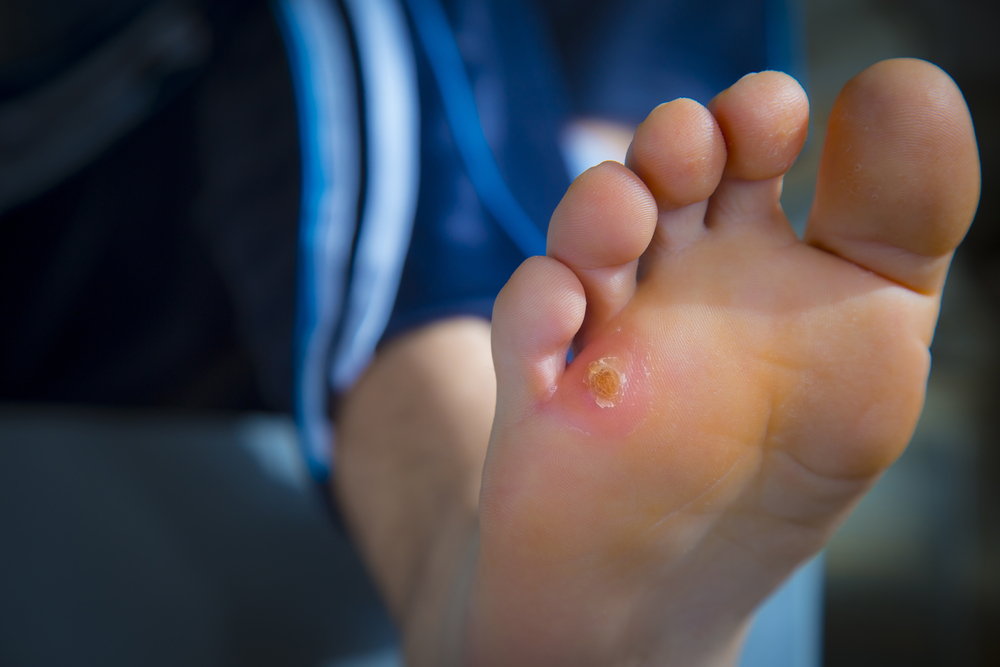
Wound Care
Ulcers on the foot may not always come with pain, but they are serious conditions that should be evaluated by a medical professional. The symptoms of ulcers may include drainage, or red, inflamed tissue. To properly diagnose and develop a treatment plan x-rays may be ordered.
